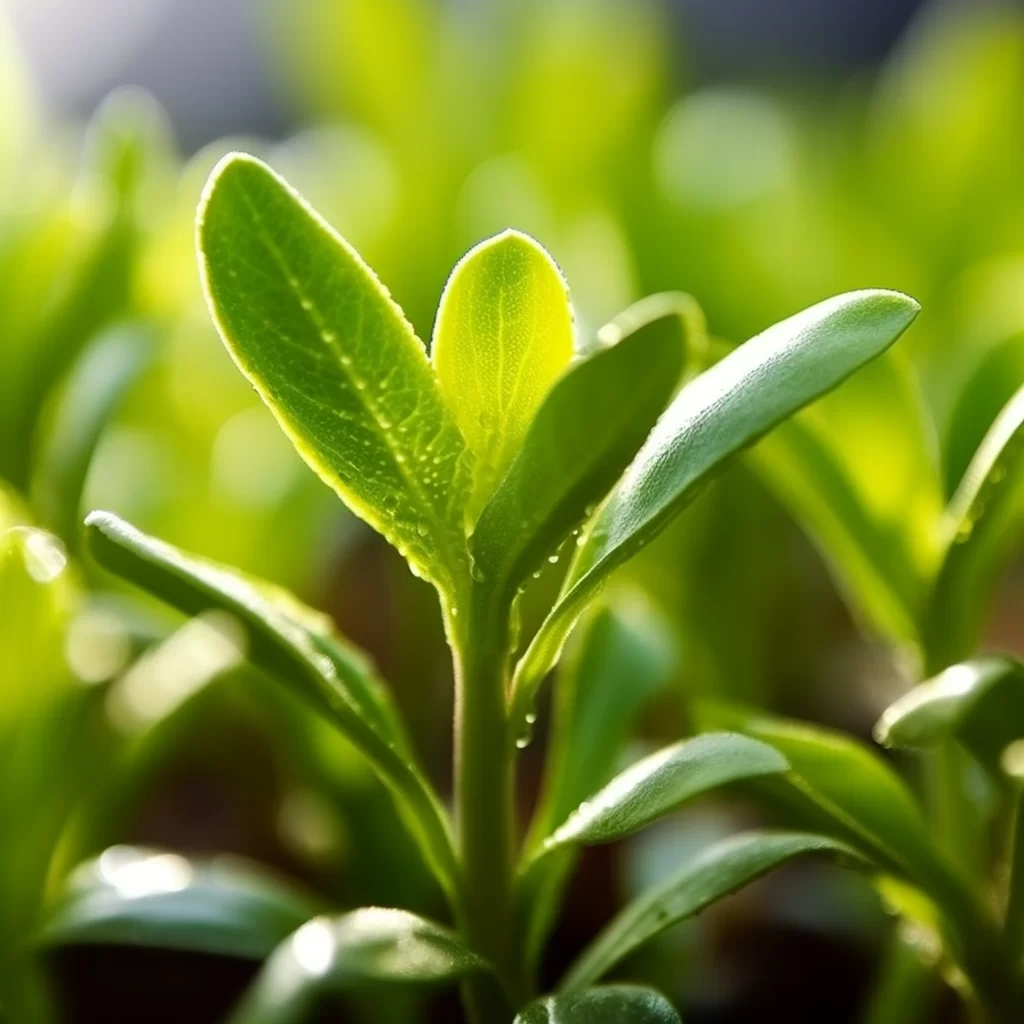Story of Day :
Contents
The Piggy-licious Pigsqueak Plant: A Complete Guide and Care Tips
Are you looking for a plant that adds color and texture to your garden? Look no further than the pigsqueak plant! This low-maintenance perennial is perfect for any garden.
Keep reading to discover everything you need to know about the pigsqueak plant, including its care tips.
What is a Pigsqueak Plant?
The pigsqueak plant, also known as Bergenia, is a hardy perennial that originated in Asia.
It gets its name from the sound it makes when rubbing two leaves together.
The thick leaves of pig squeaks plants are bright green or bronze in color and can grow up to 12 inches long and 6 inches wide.
Why You Should Grow Pigsqueak Plants
- Pigsquack plants are easy to grow – they are low maintenance perennials that can withstand harsh winters.
- Pig squeaks have beautiful foliage – their thick glossy leaves provide both color and texture in your garden.
- Pig squeaks bloom in spring with beautiful pink flowers that last several weeks – making them perfect companions for other spring-blooming flowers like tulips or daffodils.

Caring for Your Pigsqueak Plants
If you want your pig squeaks plants to thrive, follow these simple tips:
Sunlight Requirements
- Pig Squeaks do best in partial shade but will tolerate full sun if given adequate moisture levels

Soil Requirements
- Pigsqueak plants prefer well-drained soil that is rich in organic matter.
- A pH of 6 to 7 is ideal for pig squeaks plants.


Watering Requirements
Pig squeaks need regular watering, especially during hot summer weather to avoid wilting and leaf scorching.
Fertilizing Requirements
You can fertilize your pig squeaks with a balanced fertilizer at the start of the growing season to encourage strong growth and beautiful blooms.

Pruning requirements
Pig Squeaking should be pruned in early spring before new growth appears, removing any diseased or dead leaves as well as any damaged stems.This will help prevent disease from spreading throughout the plant while also promoting healthy new growth.
Troubleshooting Common Pigsqueak Plant Problems

Disease and Pest Problems
- The most common pests that affect pigsqueak plants are slugs, snails, and aphids.
You can control these pests by applying insecticidal soap or neem oil.
- Pig squeaks plants are prone to fungal diseases like powdery mildew – keep your pig squeaks plants well ventilated!

Conclusion
Pig Squeaking is a fantastic addition to any garden.
They’re not only beautiful but also low-maintenance, making them perfect for even the busiest of gardeners! Remember to give your Pig Squeaking enough water, fertilize in early spring before new growth appears, prune regularly and avoid overwatering as this may cause root rot and keep an eye out for any pest problems or diseases.